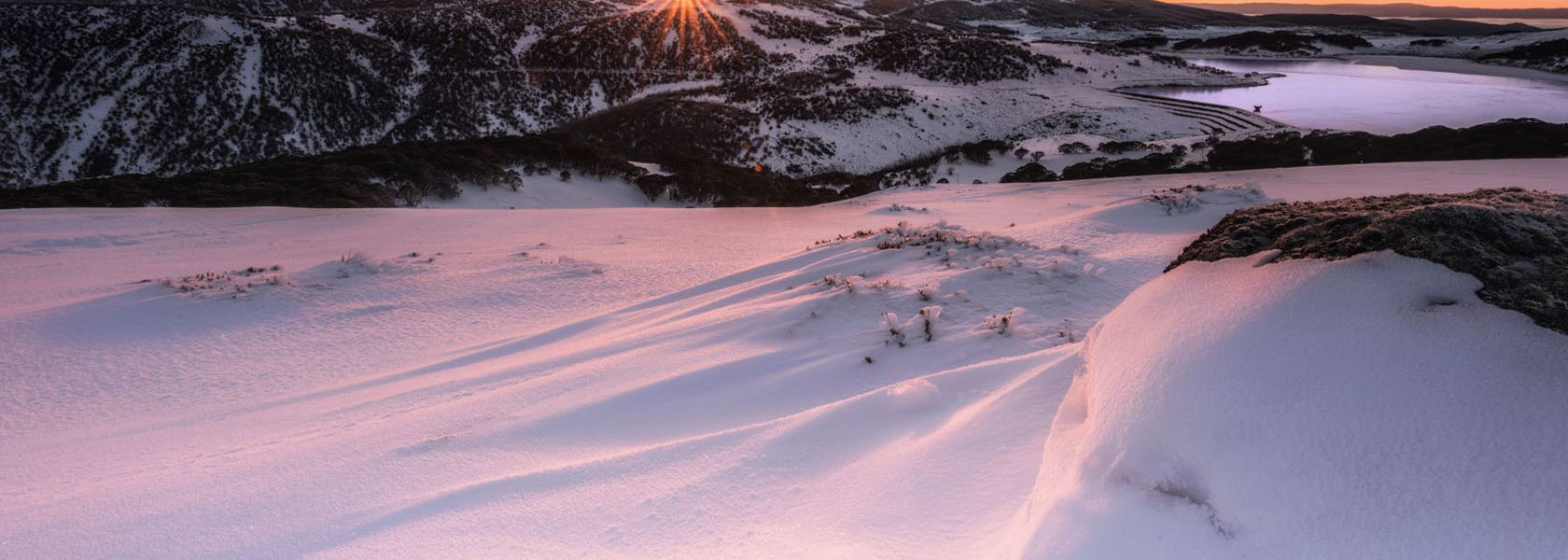Find Out Why Snow In Australia is a Must-See for Travelers
Find Out Why Snow In Australia is a Must-See for Travelers
Blog Article
Understanding the Value of Snow in Australia for Farming and Tourist
While Australia is commonly associated with sun-kissed beaches and dry wilderness, it also boasts a wealth of snowy towering areas. The snow that blankets these regions is much more than a picturesque landscape attribute. It acts as a lifeline for the country's farming and a driving force for a financially rewarding tourism sector. As we examine this unusual junction, the possible influence of changing climate patterns on Australia's snowfall and its succeeding effects become a compelling emphasis.

The Unforeseen Snowfall: Australia's Alpine Regions
When wintertime cloaks the globe, Australia's Towering regions wear a white mantle of snow, a phenomenon that appears almost paradoxical in this dominantly sun-baked land. In contrast to the stereotypical photo of Australia as a land of beaches and deserts, these regions use a unexpected and attractive comparison. The Australian Alps, stretching throughout New South Wales, Victoria, and the Australian Funding Territory, obtain even more snowfall than Switzerland. This unexpected winter heaven provides an unique community, providing an environment for numerous native varieties and a snowy play area for winter season sporting activities fanatics. The yearly snowfall, although not as plentiful as in some countries, is an essential facet of Australia's climate diversity and plays a considerable function in the country's agricultural methods and tourism sector.
Winter season's Bounty: Snow's Contribution to Australia's Water Resources
Despite its rarity in the broader landscape of Australia, snow in the Towering regions plays a vital role in the nation's water resources. Working as an all-natural storage tank, the snowpack stores water throughout the cool months, gradually releasing it into rivers and dams as it melts in warmer periods. This process ensures a constant supply of water, assisting in the stablizing of the nation's water cycle. This is particularly critical for Australia, a continent frequently tormented by dry spells. The snowmelt feeds into the Murray-Darling Container, a lifeline for many areas in the southeastern components of the nation. Without the bounty of wintertime snow, Australia's water sources would certainly be considerably stressed, influencing both the setting and the population.
White Blanket, Environment-friendly Area: The Effect of Snow on Australian Agriculture
Although less visible, the impact of snow on Australian farming is considerable. Snowfall in the high nation serves as an all-natural form of irrigation, slowly melting and giving a stable water to lower-lying farmland. This water-rich environment fosters the development of robust crops, adding to the nation's agricultural performance. Snowfall enhances soil health by introducing moisture and capturing nutrients, which are gradually released as the snow melts. This process enhances the soil, cultivating the growth of healthier, extra durable crops. Additionally, snow cover serves have a peek at these guys as a protective covering, protecting the ground versus severe winter months temperatures that can or else harm plants. Thus, the role of snow in Australian farming is both vital and complex.

Money: Snow Tourism and Its Economic Relevance in Australia
While the worth of snow to Australian farming is frequently ignored, its payment to the country's tourism sector is undeniably significant. The snow-laden tops of Australia's alpine regions bring in a flurry of visitors every winter season, contributing millions to the national economic climate. These visitors partake in a range of snow-based activities, from skiing and snowboarding to snowshoeing and sledging. The growing snow tourist sector has actually led to the development of numerous tasks, from ski instructors to resort personnel, reinforcing neighborhood economic climates at the same time. In addition, the profits created from snow tourist aids fund various framework jobs and vital services in these areas - Snow In Australia. Thus, the economic value of snow tourist in Australia expands much past the inclines.
Future Forecast: Climate Change and Its Prospective Impacts on Australia's Snowfall
As the world grapples with the fact of climate adjustment, so as well must Australia ponder its potential results on the nation's snowfall. Such adjustments endanger the feasibility of Australia's ski industry, which contributes dramatically to the regional economic climate. The prospective results of these modifications underline the seriousness of climate adjustment reduction initiatives, both in Australia and worldwide.
Verdict
In conclusion, snow is a critical component of Australia's agricultural and tourist sectors. The looming danger of environment adjustment raises problems concerning the future of Australia's snowfall patterns, possibly interrupting these considerable financial sectors.

When winter season cloaks the globe, Australia's Alpine areas don a white mantle of snow, a phenomenon that seems virtually paradoxical in this dominantly sun-baked land.In spite of its rarity in the wider landscape of Australia, snow in the Towering regions plays a crucial duty in this the country's water content resources. Without the bounty of winter snow, Australia's water resources would be significantly stressed, impacting both the population and the setting.
Thus, the economic value of snow tourism in Australia expands far past the inclines.
In conclusion, snow is a critical element of Australia's agricultural and tourist sectors. Does Australia Get Snow.
Report this page